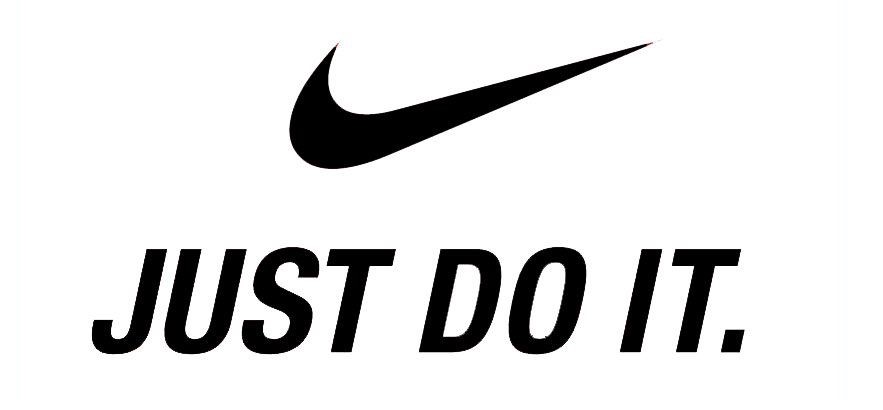Symbols have remained a succinct and efficient means to communicate information for several millennials. From cave drawings during the stone age, ancient Egyptians and Chinese civilizations, to where we stand today, symbols have remained one of the most important elements of human interaction. Their modern cousins, the Logo or Trademark have a similar impact on human perception and are commonly used as a brand’s visual footprint. In this article, we take a look at 5 Things to Consider While Placing Logo On Your Website.
Table of Contents
Why Logos Are an Important Part of Your Website?
Your logo is the virtual identity of your website and packs a powerful brand message of your company. It translates what your brand is, what it stands for and its position the industry. This often strikes as trivial to many young online entrepreneurs but without a logo, better yet without its rightful placement, you simply cannot land a successful online venture. In this article, we take the opportunity of sharing 5 important things you must consider when placing a logo on your website.
-
Making it Unique
The first thing you need to consider is getting the idea as unique as possible. To make the logo your intellection property, you must ensure it abides by your country’s trademark laws and does not make room for plagiarism. If your pursuing your own logo idea or blueprint, make sure the content as a whole is distinct and adheres to the country or region’s trademark registration rules and regulations. However, if there is a slight match with an existing trademarked logo, you can variegate to an extent where it does not infringe any intellectual property laws. Remember, keeping the logo unique is extremely important as it will ultimately become your identity. If your online business becomes successful in future, your logo will represent its equity and any duplicity claim or plagiarism strike on that point can be highly catastrophic.
-
Giving it Meaning
This is the next step and counts as one of the most crucial tasks of your logo creation. Since all businesses need to articulate a logic behind the design of their logo to their target segment, you must imbue in its aesthetics a brand strategy statement. This explains why the logo exists, what its structure represents and why it is distinct from others. Here you must focus on making a concise visual representation that covers all touchpoints. Making it’s overly big, too sophisticated or convoluted can be detrimental to your brand image and company as a whole. A good example is the American multinational corporation Nike that uses a simple swoosh with its trademarked brand slogan, “Just Do It”

-
Scalability on Devices
Being on the digital landscape, your logo must maintain a clear appearance at any size. Many website owners often make the mistake of focusing only on getting their desktop versions and neglect the importance of scalable version for their smartphone and tablet users. Many smaller details that define your brand’s purpose such as delicate fonts, frail borders, and other micro aesthetics may get scaled-down or worse get mangled. This results in bad user experience which takes on a huge toll of the brand’s corporate identity and online footprint. Therefore, you must ensure your brand logo is scalable that works swimmingly on smaller screened devices. If you lack the technical expertise to do so, you can always hire an experienced developer to do it for you.
-
Strategic Placement
Positioning your logo correctly on your website is highly imperative to if you want your visitors to take you seriously. While there are numerous positions where companies place their logos, the traditional above the fold approach is the most common practices where company key elements are strategically placed on the top section of the website this is where the visitor lands first and established the first impression. However, this does not mean it has to be there alone. Placing your logo are the right place holds a deciding role in how the visitors see your content and converts to it. With your logo representing the authenticity and emotional appeal, you can easily induce trust and influence purchase decisions. In the examples below, we take a look at some of the big brands out there and how they place their logo on their websites such as Nike, Mcdonald’s, Apple, Starbucks, and Kellogg’s.
The strategic Logo placement for adding the trademark seems to be the top left side on the top of the page followed by the featured information below. This gives the visitor a feeling of trust and engenders uniformity in the content as users normally read left to right.
-
Color Compatibility
Last but not least, you must keep the color scheme of your website compatible with the existing color theme of your logo. Color psychology is a key determinant in logo design and plays a significant part in building an emotional connection with the brand logo. Without using the appropriate color scheme you cannot achieve your website goals. Therefore, any theme, template or design you choose, it must have a good color compatibility. For example, a banking website that uses navy blue in its logo can easily blend in a design that has an abundance of white spacing. This separates its visual elements and effectively brings out the cosmetics of the logo.
We hope these 5 Things to Consider While Placing Logo On Your Website have been helpful, and be sure to leave your comments below.
Author Bio
Mirza Irfan is a Lead Writer at FME Extensions, a Magento 2 Custom Development Agency. He has a passion for helping people find innovative solutions in online marketing and has written numerous blogs on science, technology, digital marketing, and business strategy. A writer by day and a reader by night.








